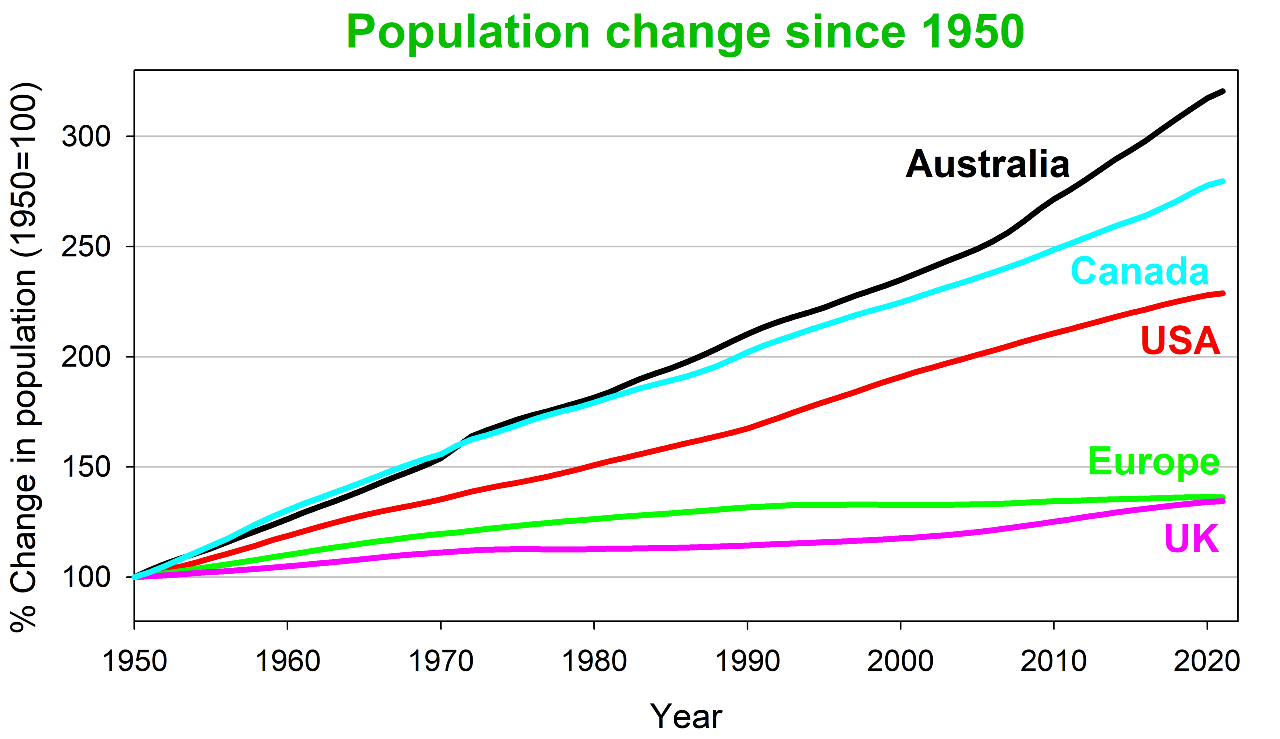News
Australia’s Population Transformation: A 120-Year Journey

Over the last 120 years, Australia‘s demographic landscape has drastically shifted, with the nation’s population swelling from around 4 million in 1901 to approximately 25 million in 2021. This staggering increase demonstrates how far the country has evolved in terms of size, diversity, and urbanization.
Life expectancy has notably improved as well, with Australians living an average of 26 years longer today than a century ago. In the early 1900s, the life expectancy at birth was around 55.2 years for men and 58.8 years for women. By 2021, those figures had risen significantly, reaching 81.3 years for men and 85.4 years for women. The enhancement in life expectancy has led to a notable aging of the population.
In addition, the fertility rates in Australia have undergone a significant decline, dropping from 3.1 births per woman in 1921 to 1.7 births in 2021. This change reflects broader societal shifts, including changes in family planning and women’s participation in the workforce. The average age of a first-time mother has also risen, climbing from approximately 23.6 years in 1975 to around 30.5 years in 2020.
Examining Australia’s urbanization, it’s clear that the nation has become increasingly urban-centric over the decades. While the majority of Australians resided in urban areas at the beginning of the 20th century, this number has escalated to about 90% in contemporary times. The pace of urbanization surged particularly during the first half of the 20th century, indicating a significant societal shift towards city living.
Additionally, internal migration patterns have evolved, with Queensland emerging as the preferred destination for many Australians seeking new beginnings. Over the past 40 years, Queensland has recorded the highest net gain in population numbers, while New South Wales has seen the most significant losses. Victoria and South Australia have also faced decreases, contrasting with Queensland and Western Australia, which have benefitted from internal migration.
The increasingly diverse makeup of Australia is another remarkable change observed over these years. According to the Australian Bureau of Statistics (ABS), overseas immigration has played a critical role in boosting population figures, especially since the policy shift towards multiculturalism in 1973. As of 2021, about 29% of Australia’s population was born overseas, a steep rise from 23% in 1901. This shift highlights Australia’s changing migration patterns, with more immigrants arriving from Asian nations in recent decades.
Key historical events have influenced these demographic changes, with significant impacts from wars and economic downturns. The only period when Australia’s population growth stagnated occurred post-World War I, while the Great Depression and World War II also had adverse effects on population growth. Interestingly, the global financial crisis in 2008 saw a surge in population growth, which contrasted sharply with the recent challenges posed by the COVID-19 pandemic, which resulted in the most modest growth rate in over a century.
Since the country’s federation in 1901, the median age of Australians has risen from approximately 22.5 years to about 38.4 years, illustrating a clear shift toward an older demographic. The ABS has identified two key periods in which Australia’s population experienced noticeable aging — the first spanning from 1901 to 1944 and the second occurring between 1971 and 2021.
Child demographics have also transitioned; the proportion of children aged between five and nine has shrunk substantially, whereas the cohort of individuals aged between 60 and 64 has grown larger. This trend emphasizes the need for policies that cater to an aging population while also considering the implications of declining birth rates.
Infant mortality rates have improved remarkably as well, dropping from about 10.4% in 1901 to a mere 0.3% in 2021. This dramatic reduction signifies advancements in health care and living conditions over the last century, contributing to the longer life spans observed today.
The impact of these population changes is multifaceted, influencing economic strategies, health care resources, and social dynamics throughout Australia. The increasing urbanization, along with shifts in migration patterns and demographic structure, poses both challenges and opportunities for the future of the nation.
In the realm of governance, the 1967 referendum that saw nearly 91% of Australians support changes to how Indigenous Australians were counted in the national census stands as a pivotal moment in Australian history. This landmark vote acknowledged the importance of including First Nations peoples in the official population count and has had lasting effects on how demographics are recorded in Australia.
Overall, Australia has witnessed significant transformation over the past century, evolving into a nation marked by increased diversity, aging population, and urban living. These changes will continue to shape the social and economic landscape of the country in the years to come.












